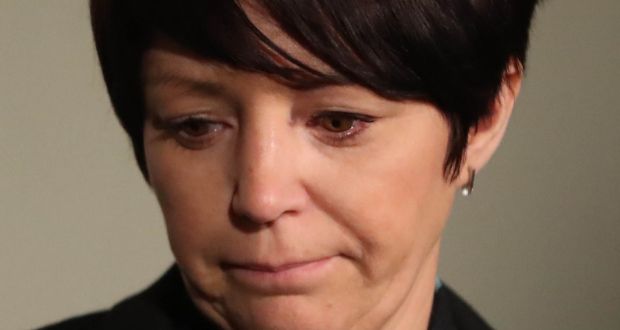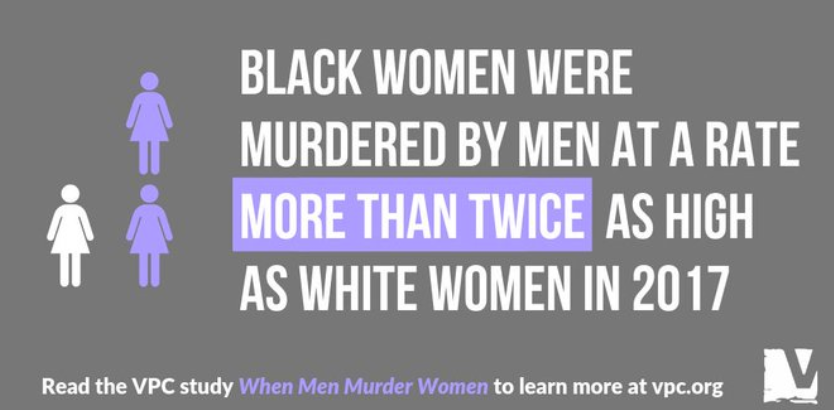Questionable denials of temporary protective orders

It is critical that deserving victims of domestic violence get 7 day temporary orders when they need them – but that isn’t always happening in Montgomery County District Courts. A judge in Maryland need only find “reasonable cause” to believe there is bodily harm, stalking or a serious threat to issue a 7 day order. The Maryland legislature […]
Innovative practices at District Court improve survivor safety
A new Court Watch report released today documents innovative practices that judges, bailiffs, interpreters and clerks are using in protective order cases at District Court. Each of the practices listed can improve survivor safety. We hope additional court personnel will consider incorporating these important approaches into their daily work. Judges help keep victims safe when they: Talk to […]
Memorial service for domestic violence homicide victims in Maryland

Between July 2013 and June 2014, 54 Marylanders lost their lives to domestic violence. 70% of the fatalities were due to guns. Last night a large crowd gathered in Annapolis to remember victims. Domestic violence homicides are preventable. New bills in the Maryland legislature would add protections for victims of violence in dating relationships and […]
Why Are Protective Orders Granted At Different Rates Across Maryland?
Where you live can define many things about you. Can it also determine if you are granted a protective order? Court Watch Montgomery has organized data showing significant variation across Maryland in the rates at which protective orders are granted, denied, or dismissed. To unpack this, in studio with Maryland Morning host Sheilah Kast is […]
Circuit Court Protective Order Practices in Domestic Violence Cases: In the Best Interests of the Child?

This report focuses on the well-being of children living with domestic violence and how it is impacted by
decisions judges make in final protective orders and conclude that Maryland’s Best interests of the Child
standard is not being met consistently in protective orders issued by Montgomery County’s Circuit
Court. Our findings indicate judges rarely order remedies available to protect children such as
Emergency Family maintenance; nor do judges often take advantage of services available in the County
that can provide long term benefit to families touched by domestic violence, such as ordering abusers to
offender counseling and ordering children to Safe Start Child counseling. More important, judges are
often forced to fashion visitation arrangements that risk further traumatizing children, impacting both
their safety and that of the custodial parent, either ordering ex-partners to exchange children in unsafe
environments or ordering family members or friends of the parties to act as visitation supervisors,
though they may lack guidelines for how to handle this fraught situation as well as a full awareness of
the children’s best interests. We urge County leaders to consider better alternatives to these
arrangements: 1) affordable child transfer services and monitored supervised visitation services where
children’s interactions with the abusive divorced/separated parent can be safely supervised by a trained
individual.
Protection for victims of domestic violence in Montgomery County’s Circuit Court

This report is Court Watch’s first look at the protective order process in Montgomery County’s Circuit
Court. In it we analyze data collected over a year long period from September 2012 to September of
2013. As with our reports on District Court practice, we focus on court processes relating to the short
and long term safety of victims and the effectiveness of orders, relying on nationally acknowledged best
practices. While we found Circuit Judges were overall polite to both parties, many of the national and
state best practice standards widely shared by us since our first report in 2011 have not been put into
common practice in our County’s higher court. Staggered exits, in particular, were properly executed in
65% of cases, but in 35% of cases were either not used or used incorrectly. Almost half of judges failed
to remind respondents it was a crime to violate a protective order while a majority of the time judges
did not tell respondents they must surrender firearms owned or in their possession. As judicial
introductions varied widely in the amount of information offered, we recommend that the Circuit Court
play an audiotape like the one now in use in the County’s District Courts before the docket begins.
As the Circuit court hears most protective orders involving children, in our next report we will address
issues that arise when visitation and custody matters must be decided by Circuit Court judges.
Court Watch Montgomery issued it’s first major report (Oct. 2011)
Protecting Victims of Domestic Violence in Montgomery County: Challenges and Opportunities with Protective and Peace Orders Court Watch Montgomery has released our first report analyzing data collected by volunteers in domestic violence protective order dockets to identify needed court reforms. We estimate that over 7,000 residents are victims of domestic violence in Montgomery County each […]
Protecting Victims of Domestic Violence in Montgomery County: Challenges and Opportunities with Protective and Peace Orders

In this report, Court Watch’s first, we examine data collected by our volunteer monitors in District Court
protective and peace order hearings between January and July of 2011. While we document the
behavior of judges and court employees and are concerned by the rudeness and dismissiveness of a
small number of judges and bailiffs, that is not the bulk of this report. Using the nationally recognized
“Guide to Improving Practice” as our reference, we identify several fundamental best practices that
impact the short and long-term safety of victims and the likelihood of their returning to court and assess
how often judges utilize them.
Bilingual audio at court & other encouraging changes

Montgomery County district courts have evaluated our findings and recommendations (Download Report) and have made some significant changes, including the addition of a bilingual audio at court. Clerks at each courthouse now play an audio recording in English and Spanish before the judge takes the bench for the domestic violence protective order docket. The audio explains […]